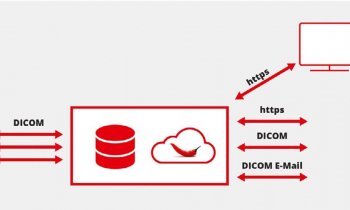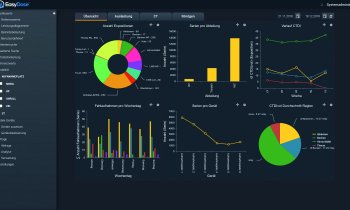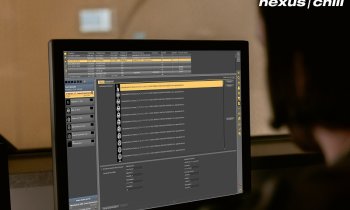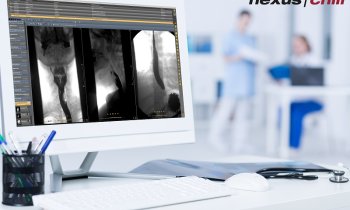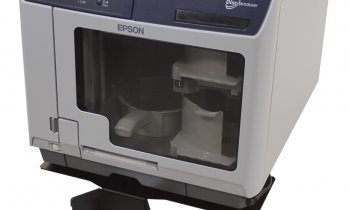DICOM 2009
Discussion forum for IT users in hospitals and doctor's offices
State of the art IT in a vintage venue: From 2 to 4 July 2009, venerable Waldhausen castle near Mainz, Germany, will host an expert forum on future-oriented developments in medical IT and medical technology in the German-speaking countries. DICOM 2009 is the ideal place to obtain first-hand and hands-on information on the newest trends in RIS and PACS as well as DICOM and IHE standards. Professor Dr. Peter Mildenberger of the Department of Radiology at Johannes Gutenberg University in Mainz, initiator and driving force of the DICOM meeting, tells us why and for whom a trip to the verdant Mainz region is a must.
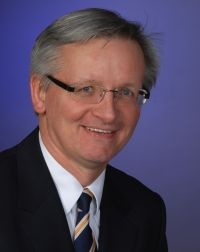
EH: Professor Mildenberger, what makes the annual DICOM meeting in Waldhausen castle such a special event?
PM: Since its inception more than ten years ago our DICOM meeting has developed into a fixture in the medical IT arena, although today it covers much more than just DICOM. The name was kept but the range of topics expanded with the emergence of new IT-specific requirements and questions. Consequently, for the past three years we have held joint meetings with the HIS-RIS-PACS group chaired by Professor Dr. Kurt Marquardt, IT director at Rhön-Klinikum AG, Professor Dr. Thomas Tolxdorff, managing director of the Institute for Medical Informatics at the University Hospital Berlin and Michael Engelhorn, deputy director of ExperMed Consulting, Berlin. By joining our two events we can broaden our common goal - the exchange of ideas on digital image management – and offer even more lively discussions.
Who is your prime target audience for the DICOM meeting?
PM: Unlike conhIT or CeBIT, two events with a much broader approach, we offer a framework to discuss very concrete major and minor aspects of RIS and PACS – a fact which yields significantly more practical benefits. Consequently, the participants, above all the radiologists, are interested in implementing RIS, PACS or teleradiology applications in their facilities or they are actively involved in developments in that area. Beyond that the DICOM meeting is characterised by its balanced roster of radiologists, IT experts and industry representatives.
EH: What are this year’s highlights on the agenda?
PM: “Hot” issues on this year’s agenda are for example handling of the recommendations on image data compression, current developments regarding the requirements for medical-grade monitors, persistent problems with DICOM-CDs and the integration of radiology departments in larger networks or the electronic health record. Moreover, the significance of IT for research and teaching will very likely receive a lot of attention. Image data management, HIS integration and regular teleradiology in multi-site networks such as hospital groups is also a pressing issue. I am sure that the participants once again will confirm that the DICOM meeting is a forum where controversial issues can be discussed frankly.
EH: Would you give us an example?
PM: „Normal“ teleradiology, for example, means the simple exchange between two or more sites via a network. One should think that today this is daily fare, but in fact the gap between the technological possibilities and the adoption of existing solutions is often enormous. Particularly in doctor’s offices internet access is still a rare beast. Some software manufacturers in fact prohibit their customers – the physicians – to link their system to the internet. Many doctors are therefore forced to install a separate workstation with internet access to view images and offer a fast diagnosis. That is much quicker than waiting for an image CD but it means that this workstation is not linked to the HIS or medical office information system.
EH: Which presentations are you personally most excited about?
PM: This year, we offer a highly varied programme therefore I am looking forward to all of the presentations. But since I always particularly enjoy learning what’s going on on the other side of the picket fence I am looking forward to Dr. Remy Demuth, president of the Société Luxembourgeoise de Radiologie, („Carnet Radiologique2- the networking approach in Luxembourg) and Dr. Peter Sögner of the university hospital Innsbruck in Austria („Teleradiology – the Austrian experience“).
EH: Are there European differences in the way RIS, PACS and teleradiology are being handled?
PM: The image application as such works the same in any country but there are material differences due to the different national organisational and regulatory environments. In general, however, IT developments, solutions and strategies tend to become more and more unified on the European level. There is a lively exchange across the EU member states, particularly with regard to legal issues surrounding cross-border teleradiology – an topic currently being pushed by the European Commission. A major question that remains to be answered concerns liability: which law will be relevant? The law in the country where the patient is being examined or the law in the country where the diagnosis is being established? The DICOM meeting does address these international issues.
01.07.2009






